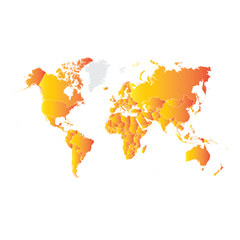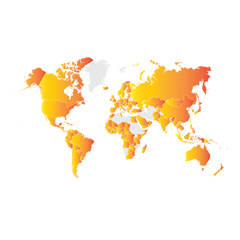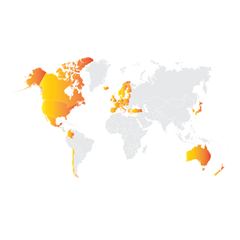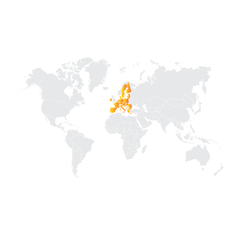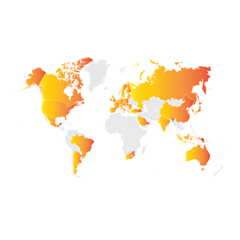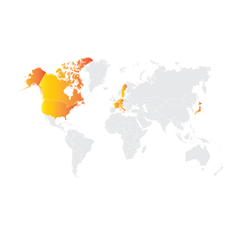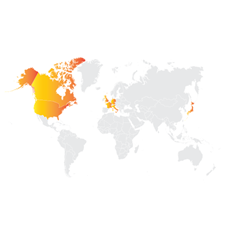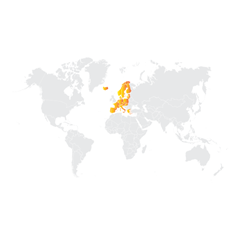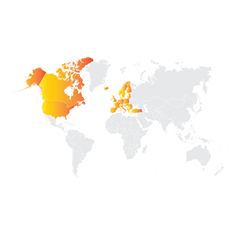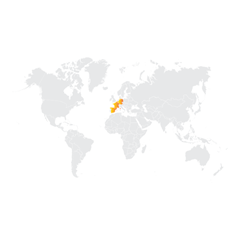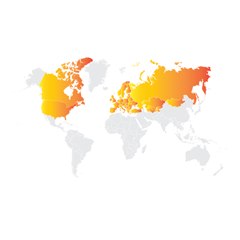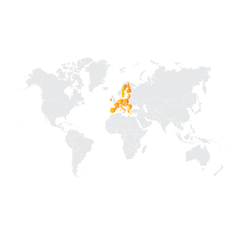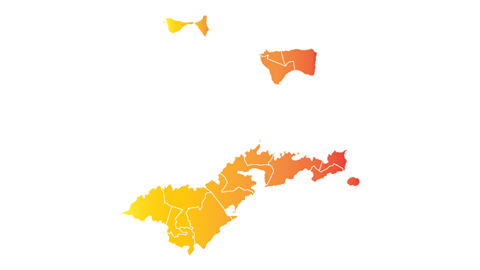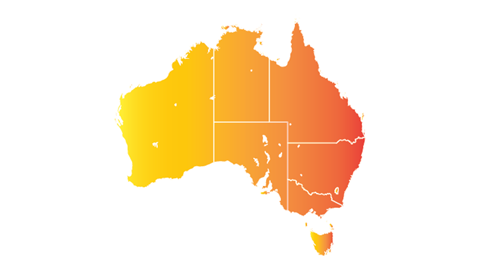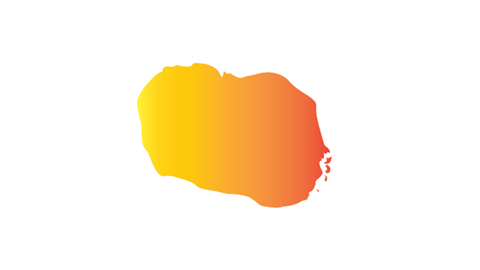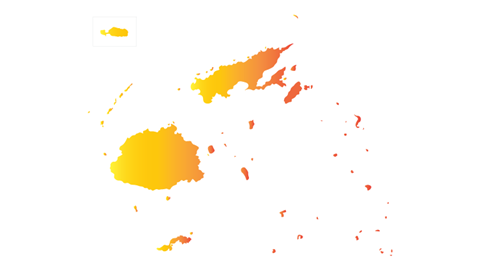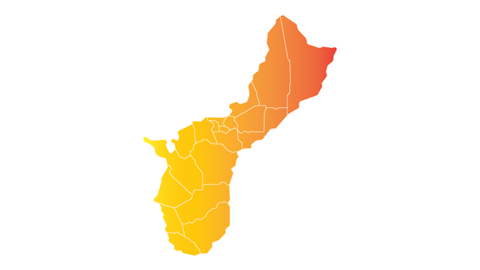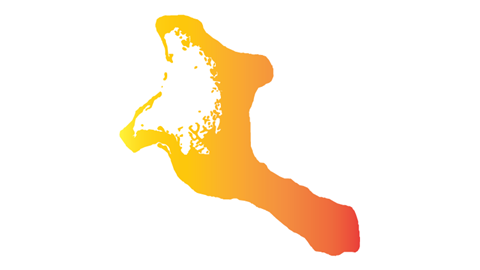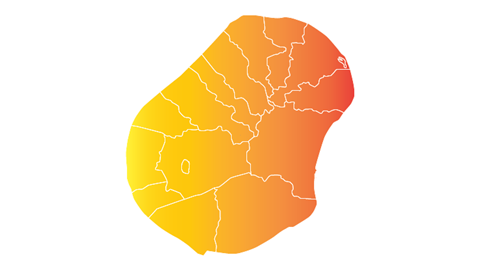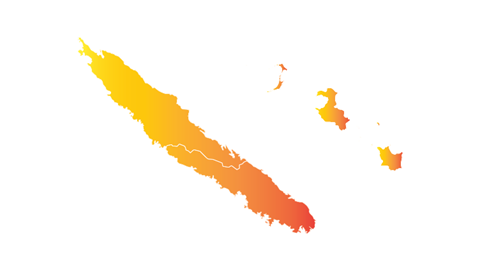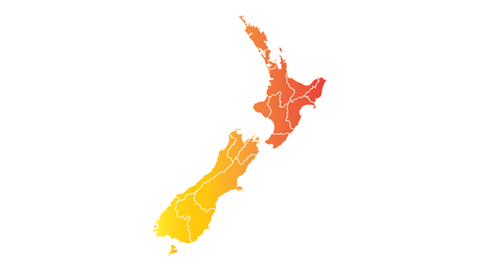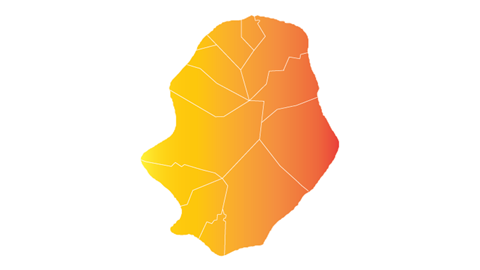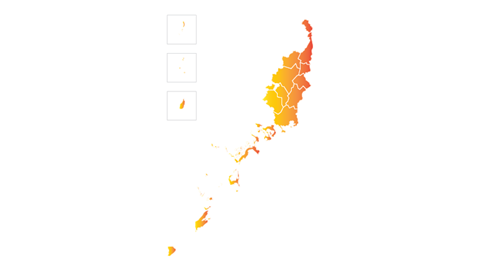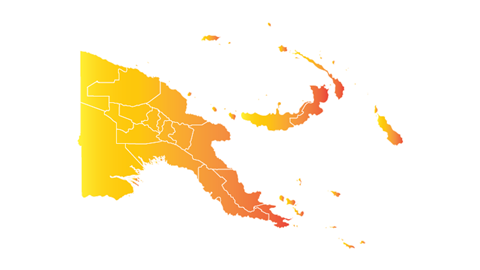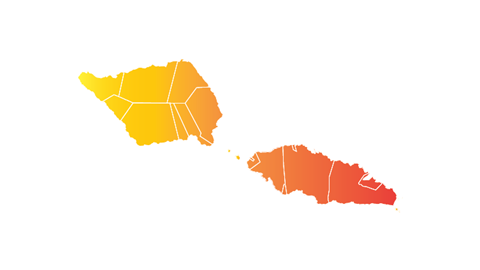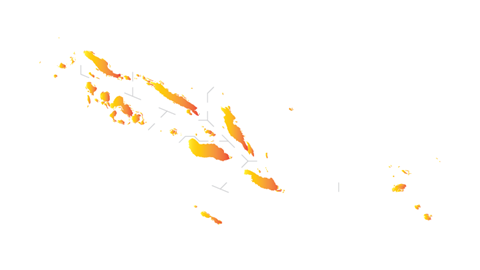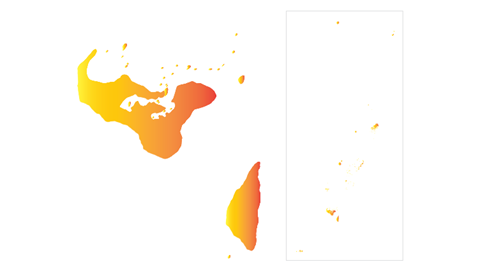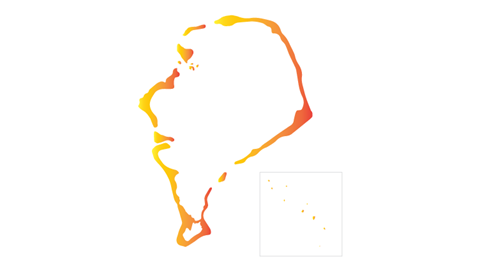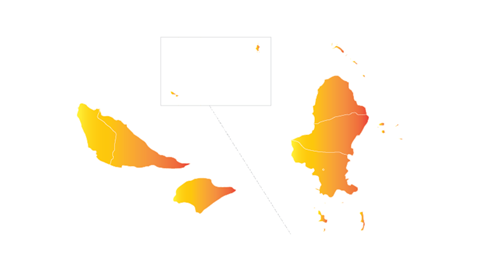French Polynesia
Critical minerals, policy, and the energy transition
The Energy Transition in French Polynesia
French Polynesia, an overseas collectivity of France in the South Pacific, renowned for its stunning natural beauty, is comprised of 118 dispersed islands and atolls, spanning over more than 2,000 km. These islands are divided into five groups: the Society Islands, the Tuamotu Archipelago, the Gambier Islands, the Marquesas Islands, and the Austral Islands. Tahiti, home to the capital city Papeete, is the largest and most populous island, serving as the economic, cultural, and political center of French Polynesia. The region faces unique challenges related to energy transition and environmental sustainability. Being remote and reliant on imported fossil fuels for the majority of its energy needs, French Polynesia is actively seeking ways to increase its use of renewable energy sources. Solar energy, given the islands' tropical climate, is a key focus, along with potential for wind and ocean thermal energy conversion (OTEC) technologies. Its low-lying atolls are particularly vulnerable to sea-level rise, storm surges, and other climate-related impacts. The government and local communities are engaged in efforts to protect ecosystems, shorelines, and infrastructure, and to promote sustainable development practices that ensure the long-term resilience and well-being of its diverse island communities. As an overseas collectivity of France, French Polynesia benefits from French administrative support and investment, including in areas of health, education, and infrastructure development.
The journey of Australasia's critical minerals
Australasia's shift towards renewable energy and sustainability is fundamentally supported by its wealth in critical minerals such as lithium, nickel, cobalt, and rare earths among others, crucial for low-carbon technologies and future innovations. Emphasizing sustainable mining and innovative policies, this strategy mirrors global efforts, notably in North America and Europe.
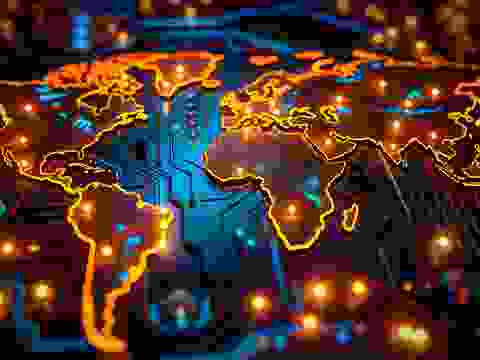
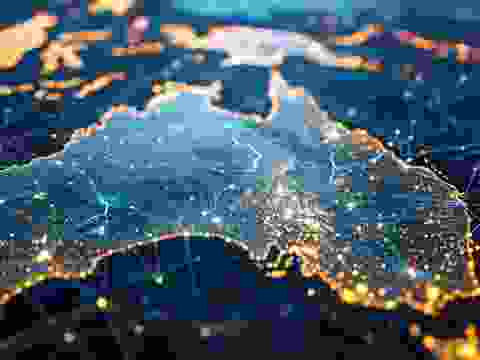


Meet the Critical Minerals team
Trusted advice from a dedicated team of experts.

Henk de Hoop
Chief Executive Officer

Beresford Clarke
Managing Director: Technical & Research

Jamie Underwood
Principal Consultant

Dr Jenny Watts
Critical Minerals Technologies Expert

Ismet Soyocak
ESG & Critical Minerals Lead

Thomas Shann Mills
Senior Machine Learning Engineer

Rj Coetzee
Senior Market Analyst: Battery Materials and Technologies

Franklin Avery
Commodity Analyst

How can we help you?
SFA (Oxford) provides bespoke, independent intelligence on the strategic metal markets, specifically tailored to your needs. To find out more about what we can offer you, please contact us.
